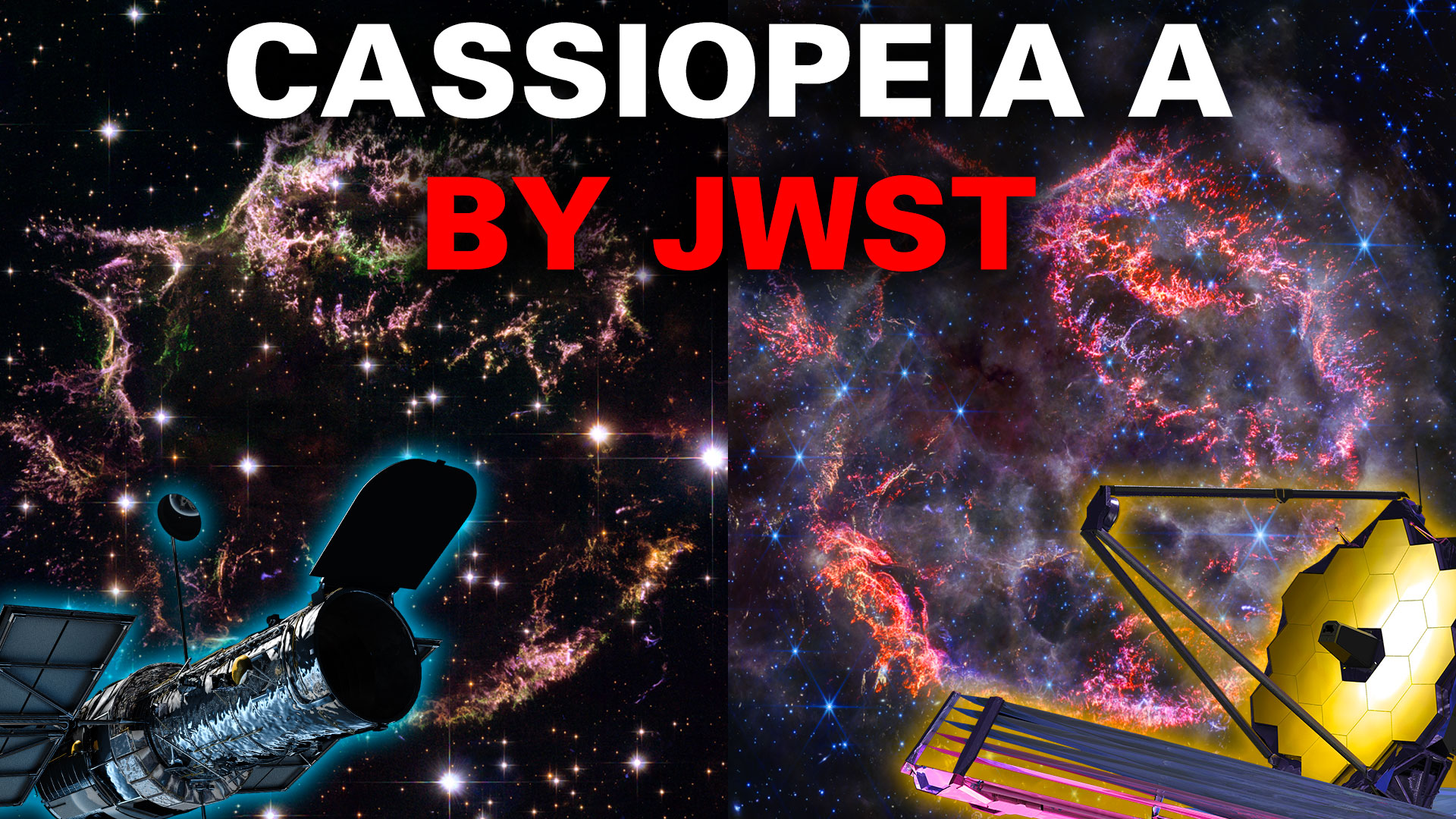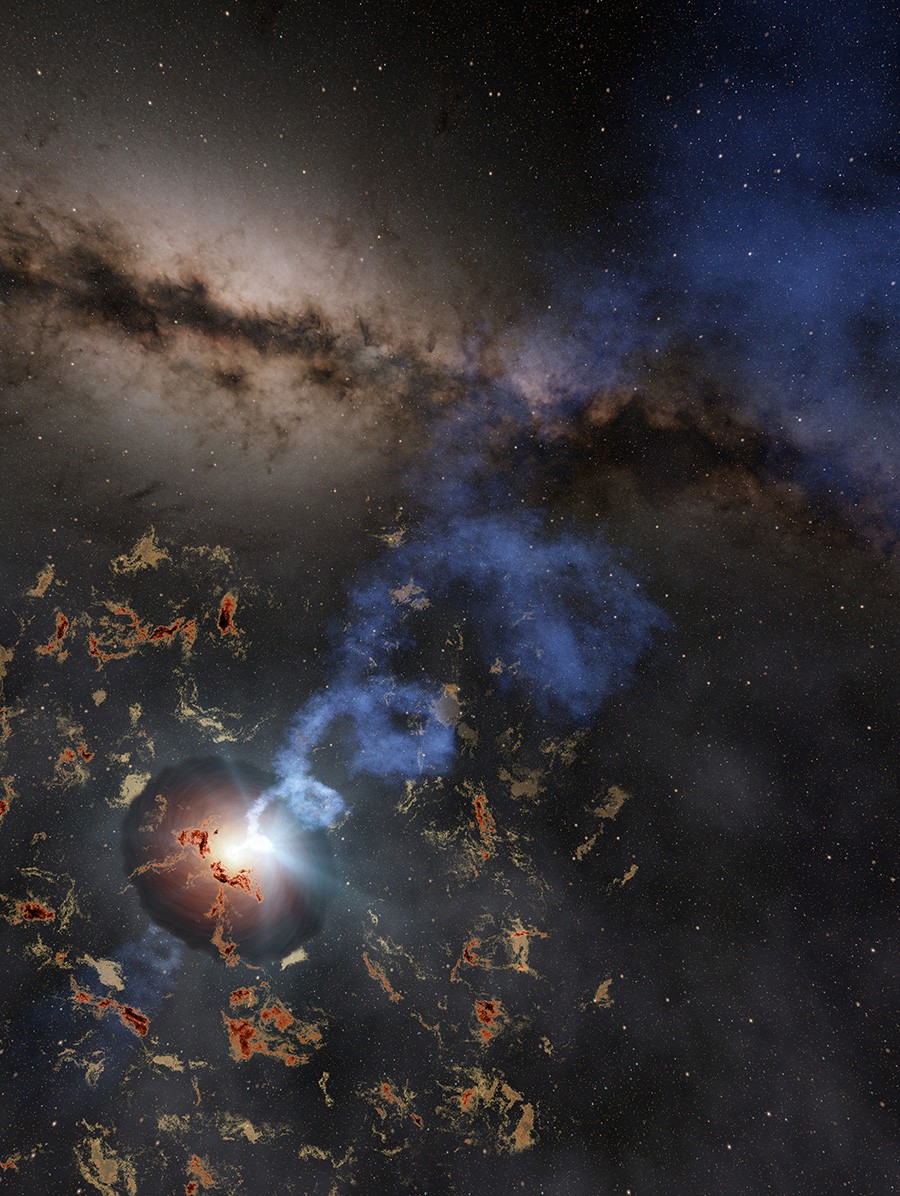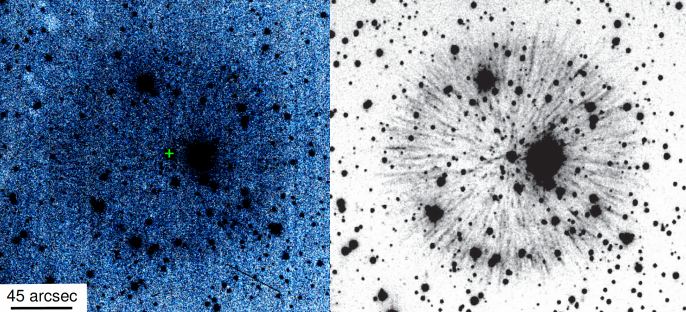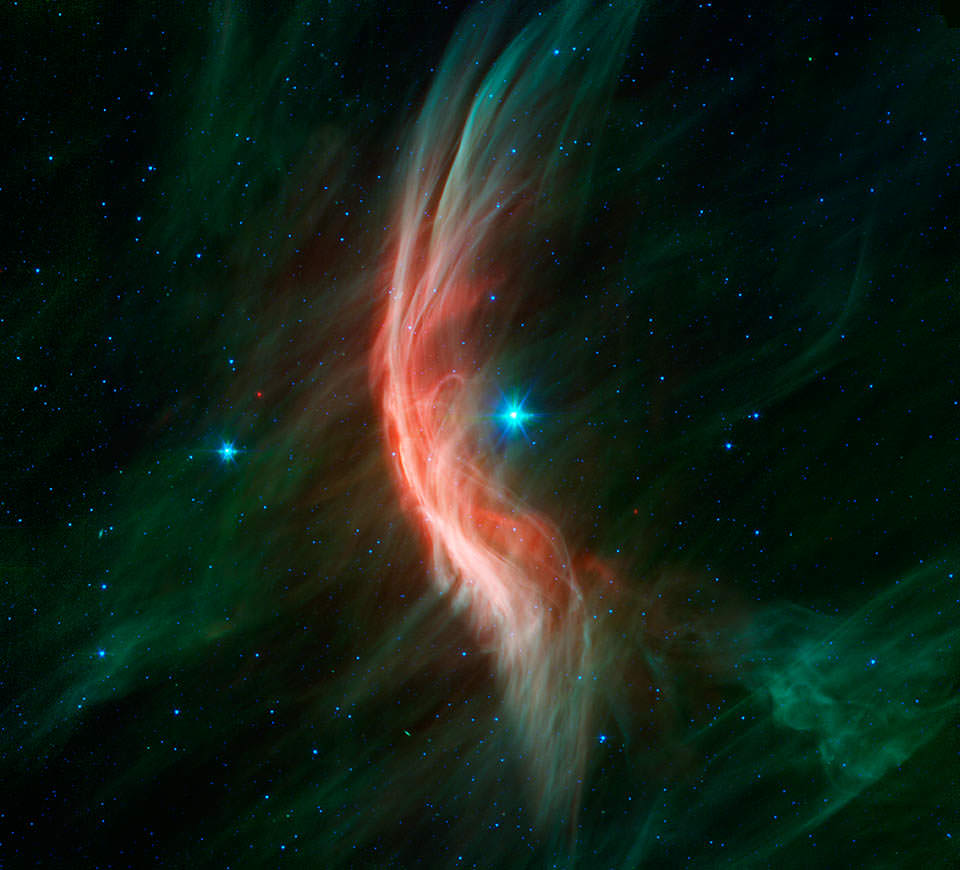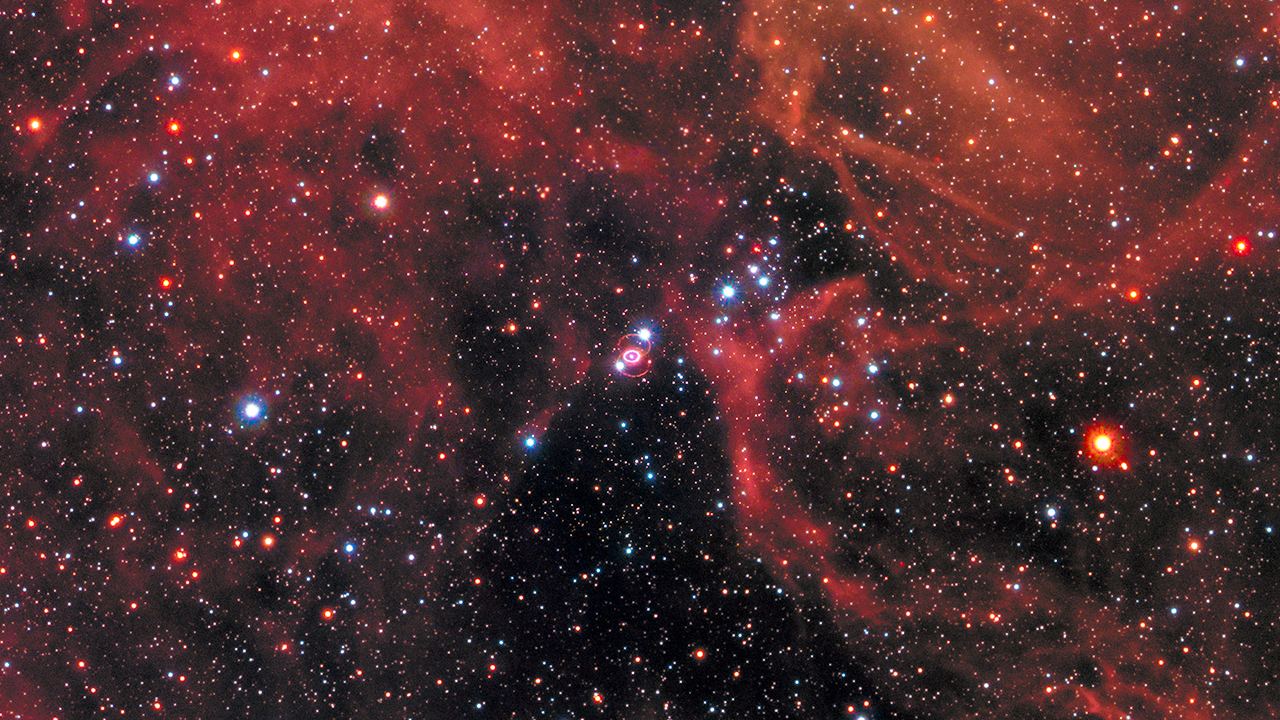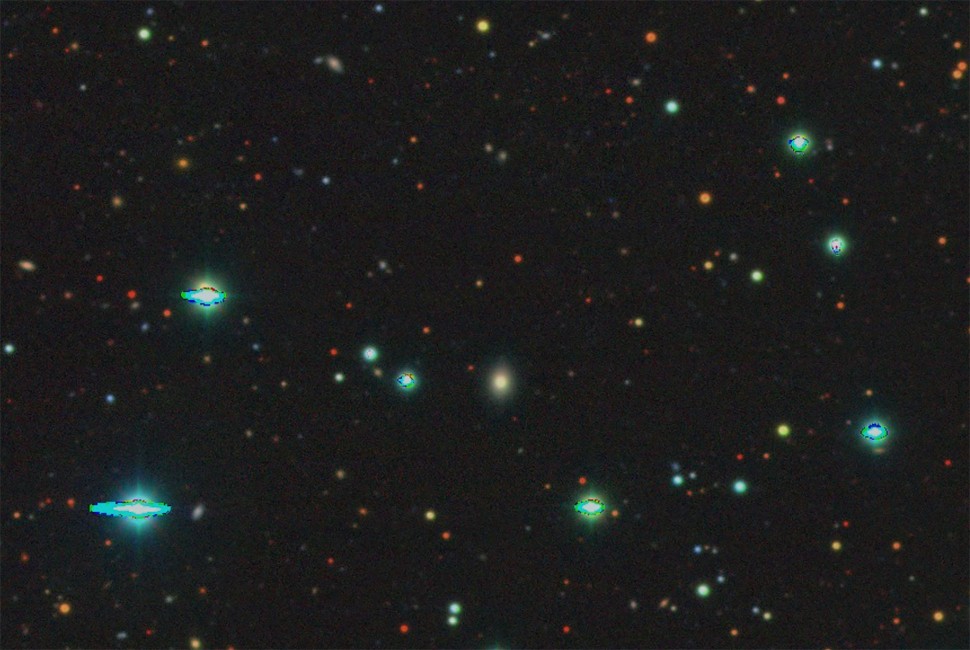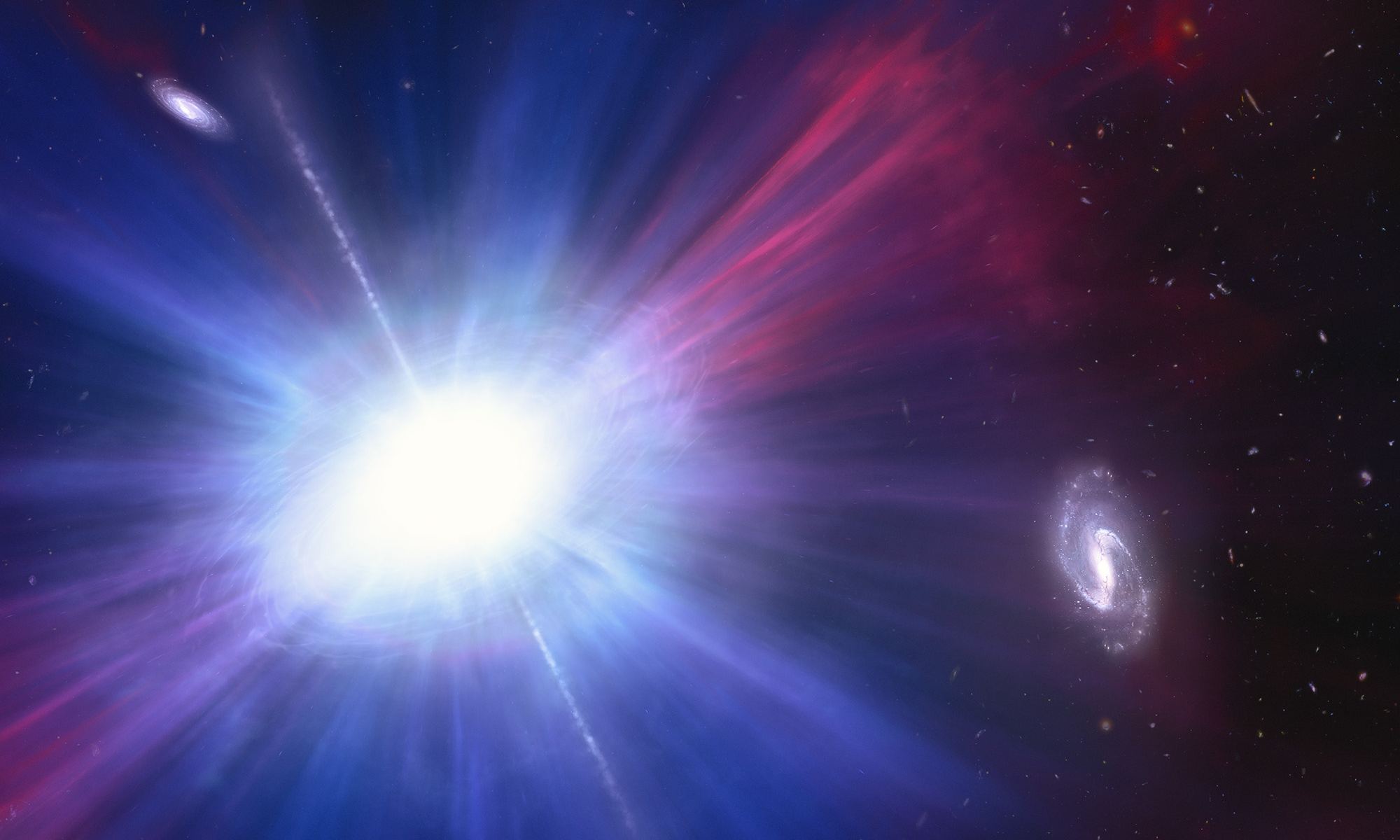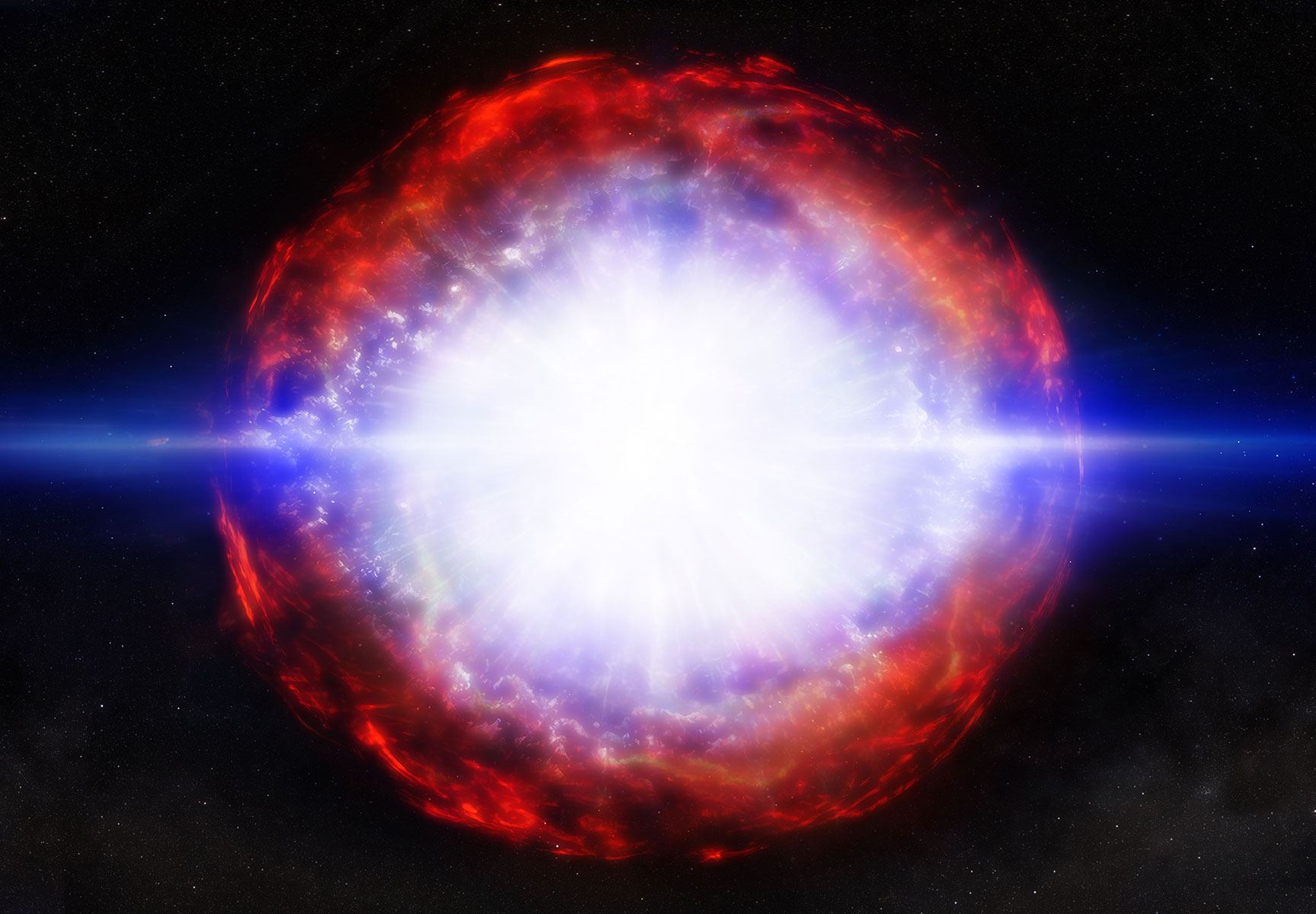Astronomy is all about light. Sensing the tiniest amounts of it, filtering it, splitting it into its component wavelengths, and making sense of it, especially from objects a great distance away. The James Webb Space Telescope is especially adept at this, as this new image of supernova remnant (SNR) Cassiopeia A exemplifies so well.
Continue reading “JWST Delivers A Fantastic New Image Of Supernova Remnant Cassiopeia A”JWST Delivers A Fantastic New Image Of Supernova Remnant Cassiopeia A
